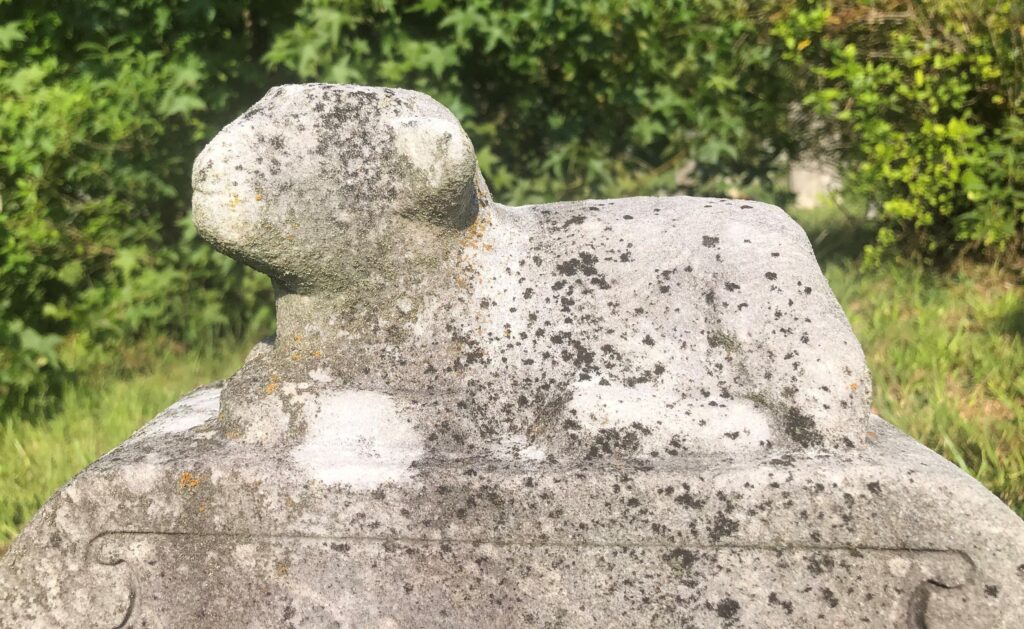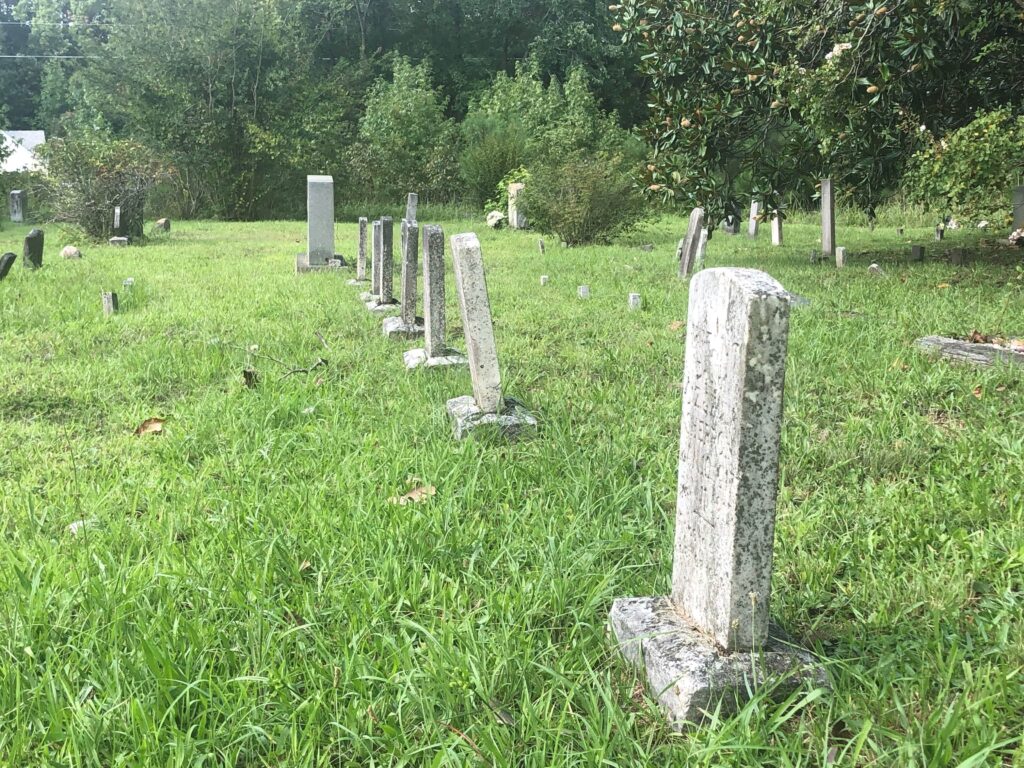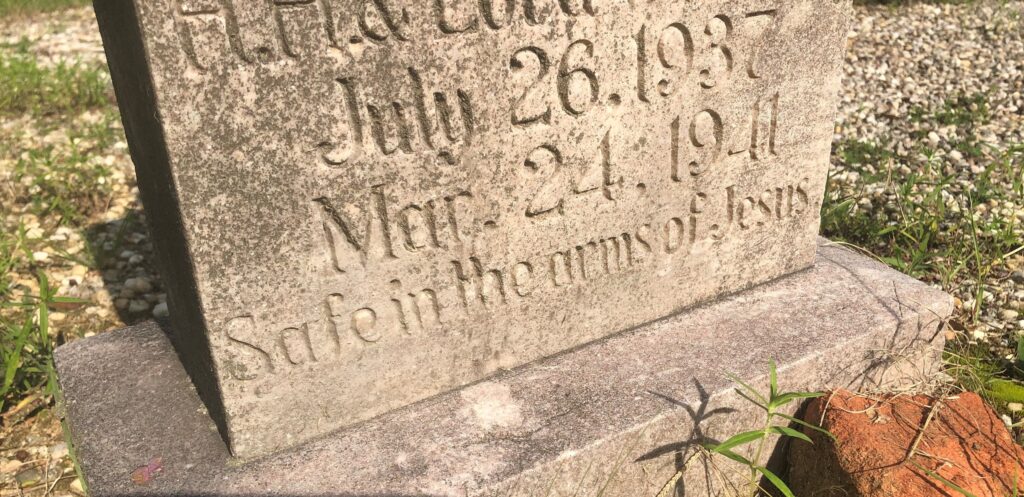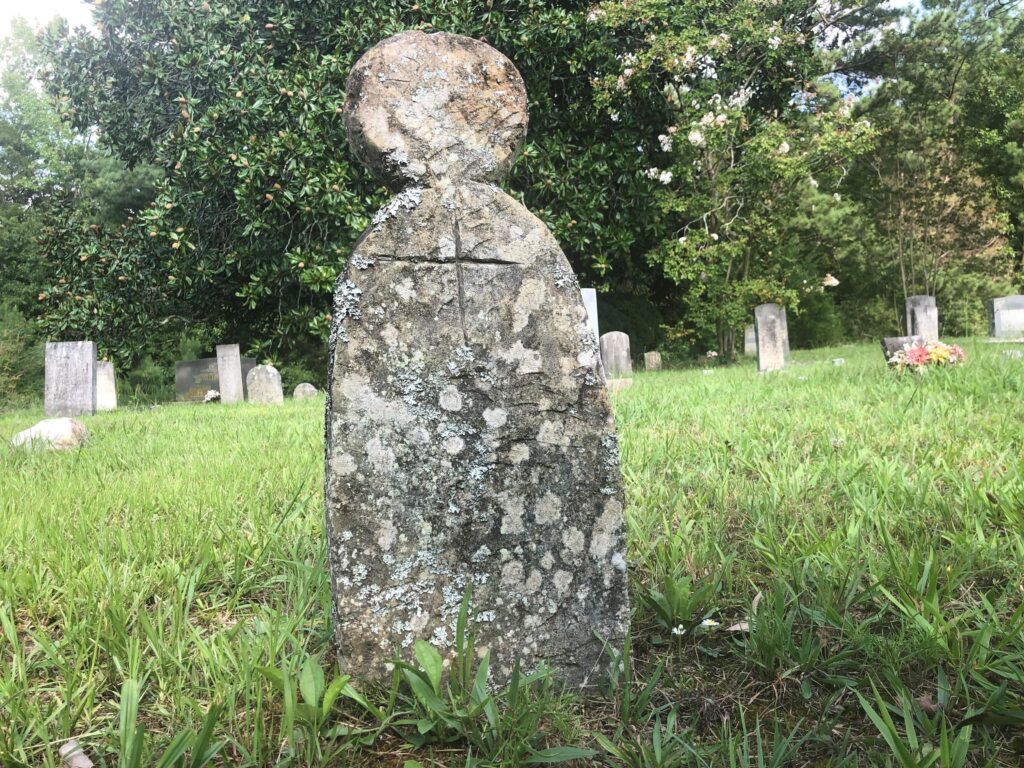While hiking with my three children, we encountered a family burial plot in the woods. As a history enthusiast, I eagerly searched the cemetery to learn about the family. My four-year-old daughter asked about one grave in particular. The headstone honored a four-year-old girl who died in 1864. My daughter expressed surprise that a girl her age could pass away. The Lord brought this discipleship opportunity to us as we walked along a path. The grave of a four-year-old girl confronted my daughter with the reality and pain of death due to sin. But more importantly, we discussed the wonderful hope of the gospel — that Christ defeated sin and death.
Cemeteries Provide Gospel Hope
Many people consider cemeteries scary, dreadful places. Believers, however, can walk among headstones and consider the glory the departed faithful experience. This is a hope often expressed in scripture that graces headstones. Common passages include, “But I know that my Redeemer lives” (Job 19:25) and, of course, John 3:16, “For God loved the world in this way: He gave his one and only Son, so that everyone who believes in him will not perish but have eternal life.”
General messages of Christian hope also adorn headstones. One may come across: “He died as he lived — a Christian,” “Not lost but gone before,” “Safe in the arms of Jesus,” “Alive in Christ,” or simply “Pax” (Latin for peace). What wonderful words to ponder as a family!









No comments have been added.